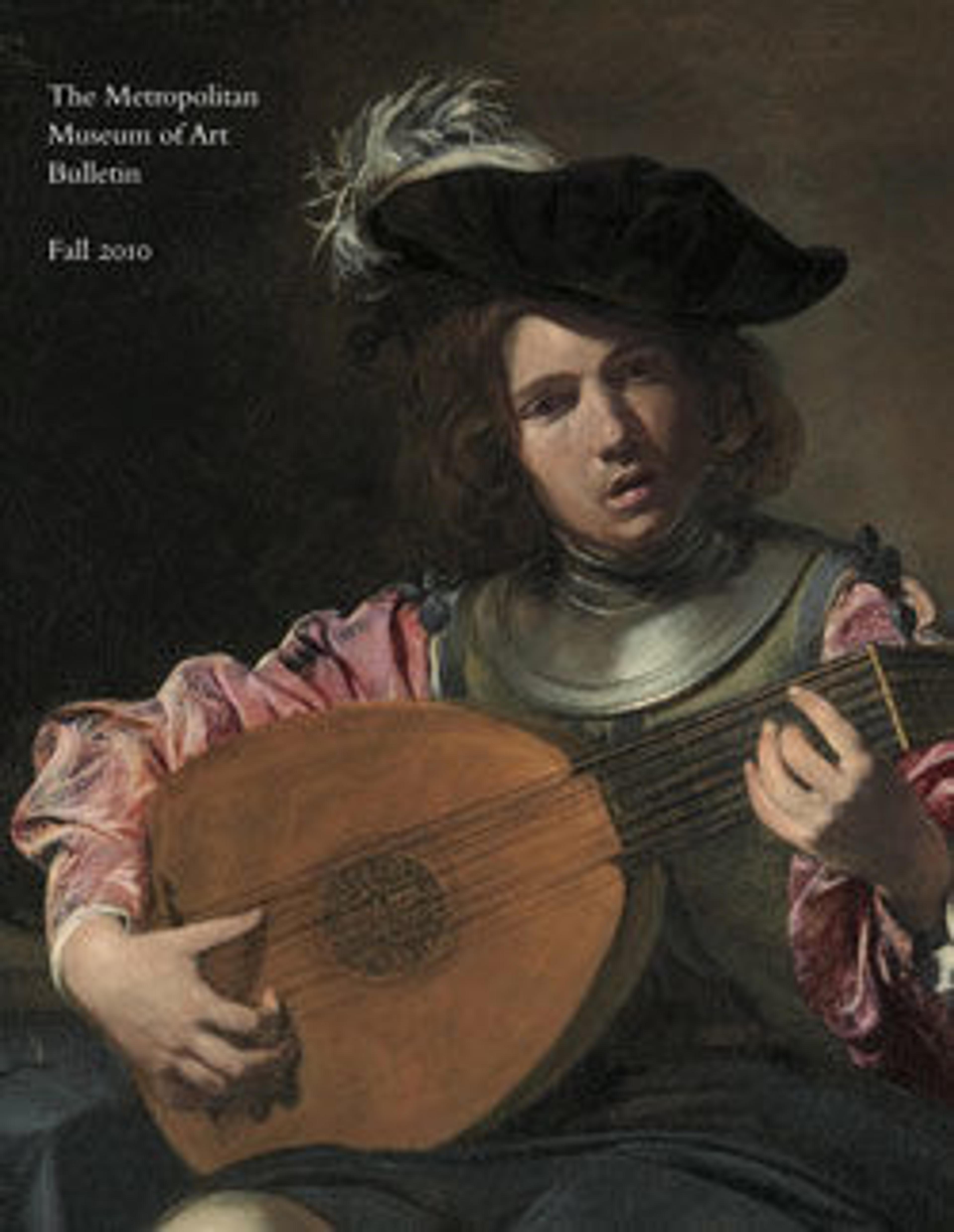Dress
Paco Rabanne presented his first collection, Twelve Experimental Dresses, in 1964 and followed it in 1966 with a couture collection he called Twelve Unwearable Dresses. This sculptural micromini dress, constructed of square and rectangular aluminum plates joined with metal rings, is a rare surviving example from his "unwearable" collection. With its allusion to chain mail, the dress establishes Rabanne's practice of citing historical elements in his space-age aesthetic. The innovative construction and unconventional use of material epitomize the exploratory and experimental sensibility of much 1960s avant-garde fashion.
Rabanne was born Francisco Rabaneda Cuervo in the Basque region of Spain. His mother was the head seamstress for the famed Spanish-born couturier Cristobal Balenciaga. Rabanne initially studied architecture at the école Nationale des Beaux-Arts in Paris. He began his fashion career only in the early 1960s, with a collection of large plastic accessories he sold to the couture houses. From these humble beginnings, he fashioned garments that reflected the zeitgeist of the mid-1960s. But unlike Pierre Cardin and André Courrèges, who employed traditional couture techniques for their "futuristic" designs, Rabanne was interested in creating fashion with uncharted and imaginative production methods using novel postwar industrial materials.
Artwork Details
- Title:Dress
- Designer:Paco Rabanne (French, born Spain 1934–2023)
- Date:1967
- Culture:French
- Medium:metal
- Credit Line:Purchase, Gould Family Foundation Gift, in memory of Jo Copeland, 2008
- Object Number:2008.305
- Curatorial Department: The Costume Institute
More Artwork
Research Resources
The Met provides unparalleled resources for research and welcomes an international community of students and scholars. The Met's Open Access API is where creators and researchers can connect to the The Met collection. Open Access data and public domain images are available for unrestricted commercial and noncommercial use without permission or fee.
To request images under copyright and other restrictions, please use this Image Request form.
Feedback
We continue to research and examine historical and cultural context for objects in The Met collection. If you have comments or questions about this object record, please contact us using the form below. The Museum looks forward to receiving your comments.
